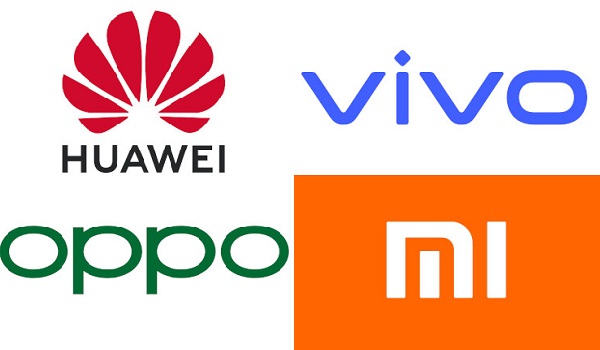The alliance wants to create “a platform for developers outside China to upload apps onto all of their app stores simultaneously”. This means any apps that are uploaded to the proposed platform will automatically be available in Huawei App Store, Mi Store, OPPO App Market, as well as Vivo App Store. Like I said in 2019, other smartphone brands would eventually begin to play a scenario asking, What if what happened to Huawei were to happen to us? The result would be moves to create alternatives to Google’s dominance of the app space. However, even though this collaboration is happening, it is a devication from what I nitially expected. Instead of working to develop an alternative ecosystem, members of the alliance will stay with Android but cut off their dependence on Google Mobile Services. It makes sense too. It is a much easier path than having to develop an alternative to Android and also get developers to build apps for that platform.
How Big Is Global Developer Service Alliance (GDSA)?
Just to give you a picture of how big this is, IDC statistics say that Huawei, OPPO, Vivo, and Xiaomi together control 40% of global handset shipments in the fourth quarter of 2019. So we are looking at almost half of the world’s smartphone muscle power involved in this move. The big problem is that alliances and consortiums have not worked well in the smartphone industry in the past. The Symbian Foundation didn’t work out. The MeeGo collaboration didn’t work out. Tizen didn’t either. So, what is the guarantee that this will work? There is none. However, it is important to note that the Global Developer Service Alliance is not about a software platform to power smartphones. It is about improving access to apps for all of the four mobile brands. Perhaps that may count this time. Perhaps not. We will have to wait and see. In the meantime, Huawei is already developing an alternative to Google Mobile Services, as well as a Google Maps alternatives based on TomTom Maps. Source.
